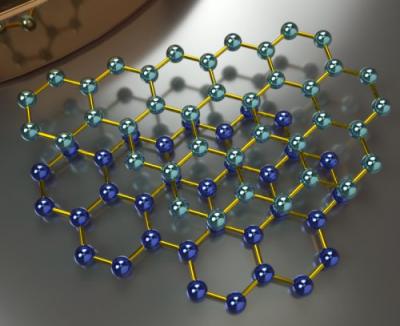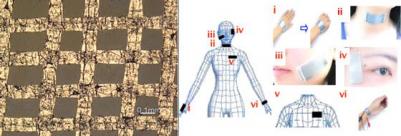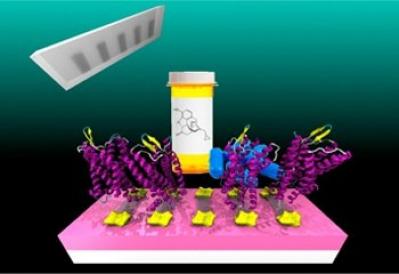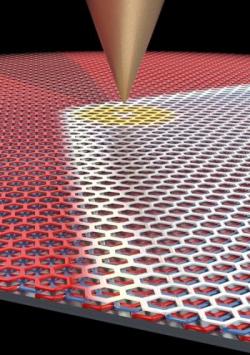Growing graphene on hexagonal BN opens a bandgap
Researchers from the University of Manchester demonstrated that when growing graphene on a hexagonal substrate (hBN, or hexagonal Boron-Nitride, in that case), small changes in the crystal structure can open a band-gap in the graphene. The researchers also demonstrated that a graphene grown on the hBN can exist in an alternative structure in which the band gap is much smaller.
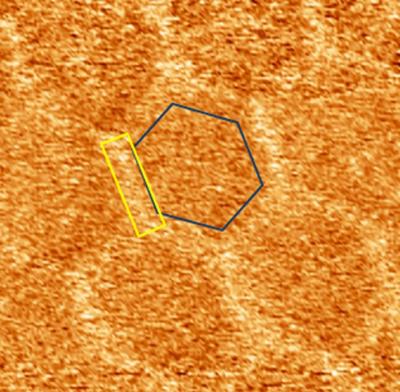
The lattice structure of hBN (also called white graphene) is quite similar to graphene. When you place the graphene on top of the hBN, a moiré superlattice is created. The periodic potential associated with this superlattice causes a number of new and interesting electronic phenomena to occur in graphene, including Hofstadter's butterfly, which has been shown before.

